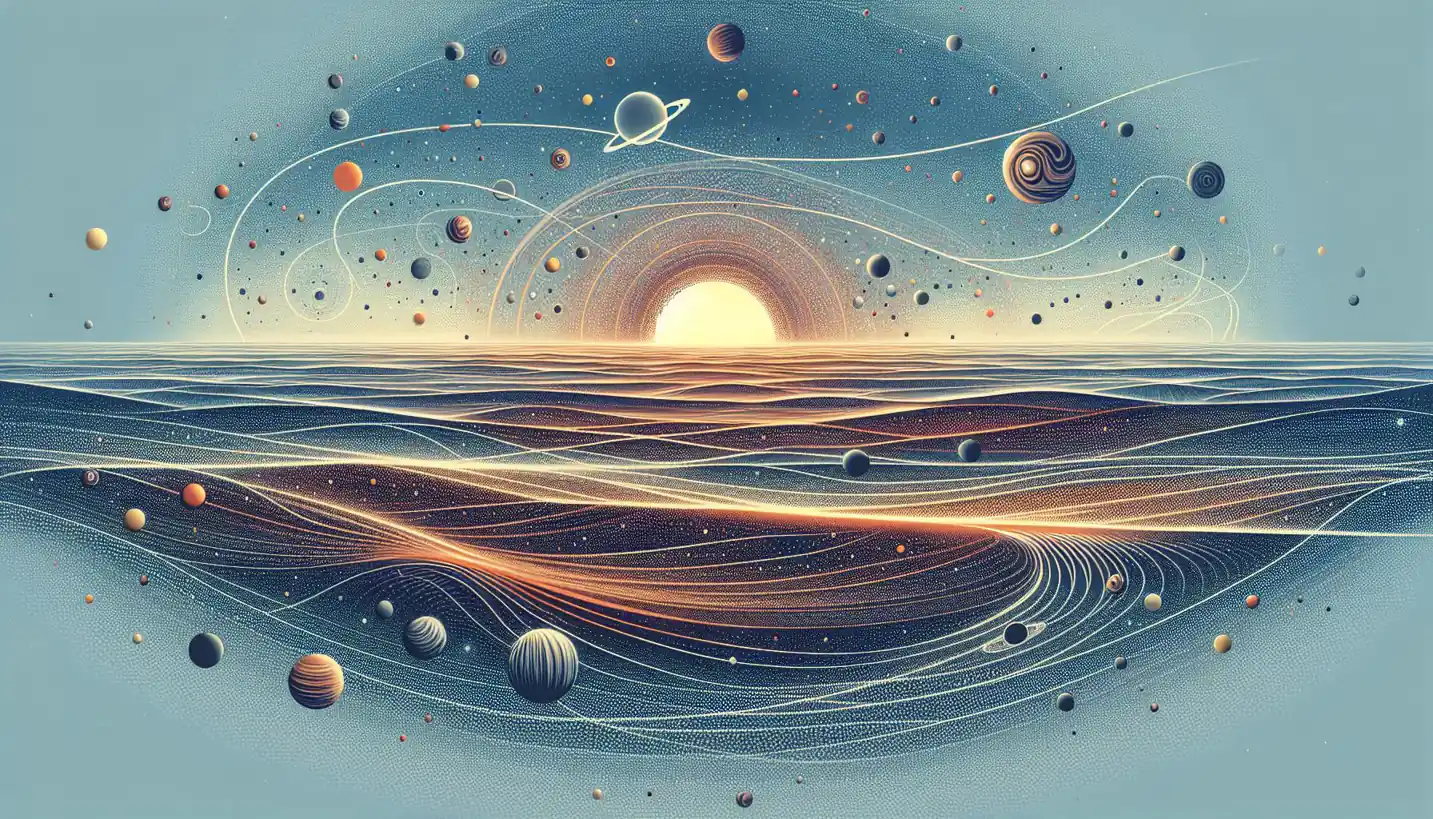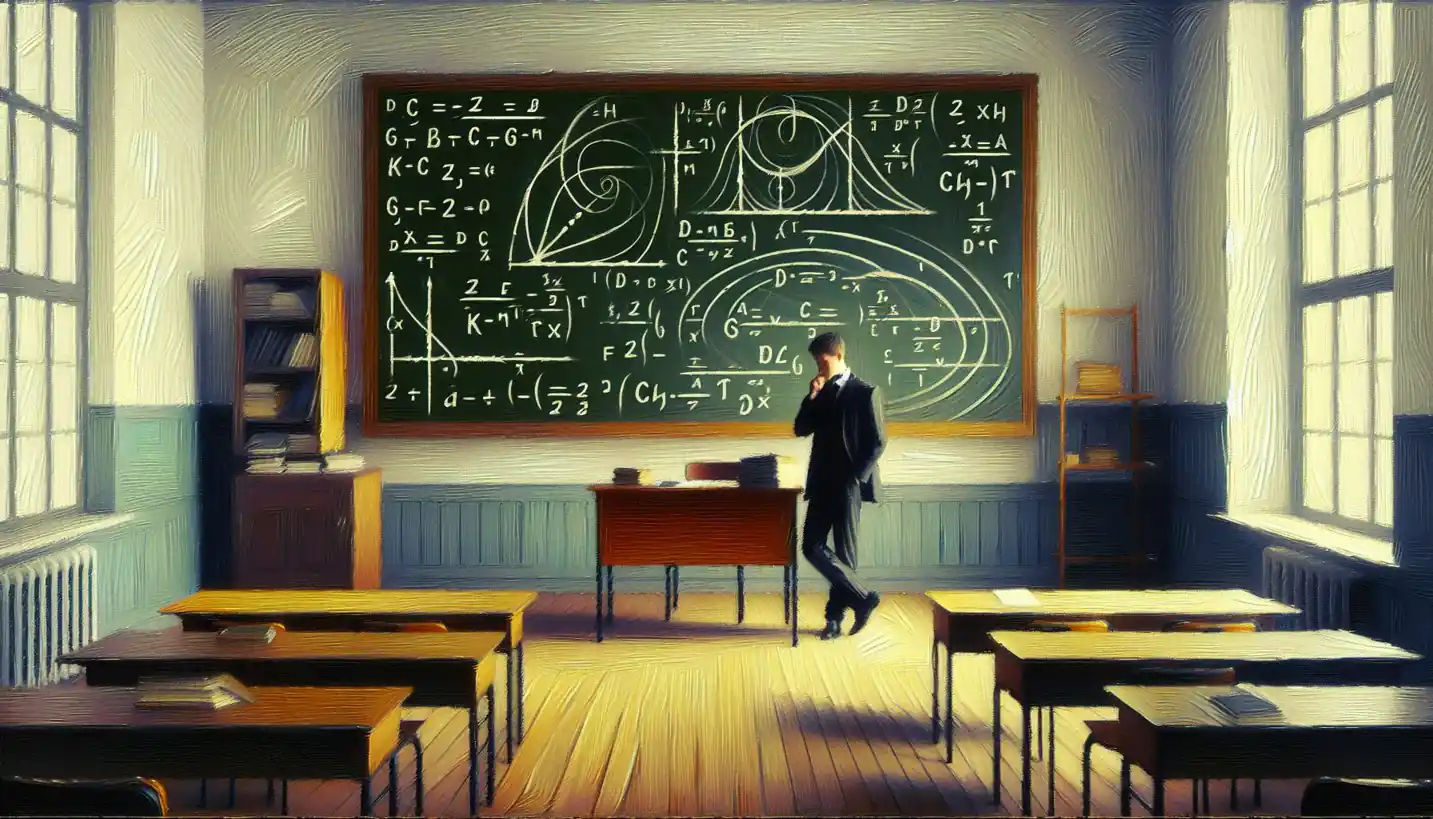· Physics · 4 min read
Baryonic Matter: Unlocking the Secrets of the Universe
Baryonic matter makes up stars, planets, and us. Investigate the ordinary matter that forms the visible universe's structure.

Baryonic matter might sound like something out of a sci-fi movie, but it’s actually the stuff that makes up the world around us—everything from your favorite book to the shining stars in the sky. So, why is it so important in cosmology and physics?
What is Baryonic Matter?
Let’s break it down. Baryonic matter is the type of matter that we can see and touch. It includes anything made from protons, neutrons, and electrons—the basic building blocks of atoms. When you think of things like water, rocks, and even your own body, you’re thinking about baryonic matter.
The Cosmic Puzzle
Imagine the universe as a massive jigsaw puzzle. Baryonic matter is the piece we’re most familiar with, yet it only makes up about 5% of the entire cosmos. The rest of the universe is made up of mysterious entities called dark matter and dark energy. These invisible pieces are crucial to understanding the universe’s structure, but baryonic matter plays a key role.
The Story of Stars and Galaxies
Have you ever stared at the stars and wondered what they are made of? Those twinkling lights in the night sky are giant balls of baryonic matter. Stars are born in vast clouds of gas and dust, mostly hydrogen and helium, the simplest forms of baryonic matter. Gravity pulls these elements together, sparking nuclear fusion, and voila—a star is born.
Galaxies, like our own Milky Way, are vast assemblies of stars, gas, dust, and dark matter, and it’s the baryonic matter that gives us the breathtaking visuals we see through telescopes.
Why is Baryonic Matter Important?
Understanding baryonic matter helps scientists uncover the birth and evolution of stars and galaxies. It tells us how the universe works on a fundamental level. By studying baryons, researchers can also learn about the conditions of the early universe, moments after the Big Bang.
Baryonic Matter vs. Dark Matter
While baryonic matter is familiar territory, dark matter is the cosmic mystery. Researchers know it exists because of its gravitational effects on baryonic matter, yet it doesn’t emit or absorb light. Dark matter helps galaxies hold together, but baryonic matter gives galaxies their brilliant shine.
Searching for Answers
Have you ever pondered what the universe is really made of? Physicists and astronomers are on a quest to answer this very question. The more we learn about baryonic matter and its cosmic siblings, the closer we get to unraveling the universe’s deepest mysteries.
Scientists use powerful telescopes and experiments on Earth to detect and study baryonic matter. Particle accelerators smash atoms to pieces to reveal how baryons interact. Every piece of information brings us one step closer to the truth.
A Glimpse into the Future
What’s next for baryonic matter in the world of science? As technology advances, so does our ability to study the universe in greater detail. Instruments like the James Webb Space Telescope and projects in particle physics are set to explore new frontiers.
Might we discover new particles or even new forms of baryonic matter? Could we unlock the secrets of dark matter, overshadowing the universe’s 95% unknown? These are questions waiting for brilliant minds to explore.
Wrapping Up
In the vast expanse of the universe, baryonic matter is the part we know best. By studying it, not only do we understand the cosmos around us, but we also begin to answer profound questions about existence itself. It’s the thread that connects us to the stars, making it a cornerstone of cosmology and physics.
So, as you look up at the sky or just around your room, remember that baryonic matter is the fabric of everything we see—and there’s so much more we’re only beginning to understand. That’s the adventure of science: always inviting us to learn and discover what lies beyond.
Whether you’re a budding scientist or just a curious mind, baryonic matter offers a window into the structure of our universe, sparking questions and ideas that could one day reveal the universe’s deepest secrets.



